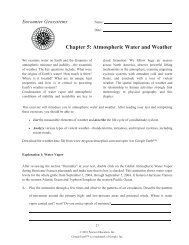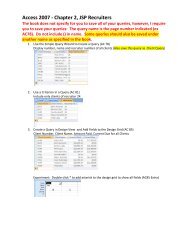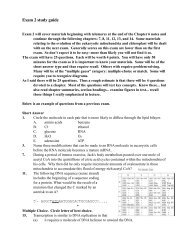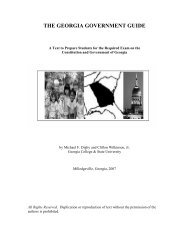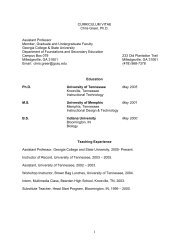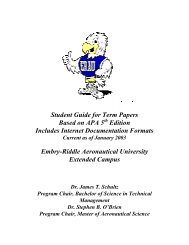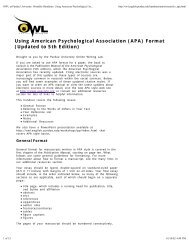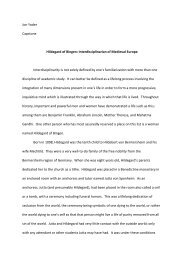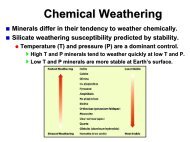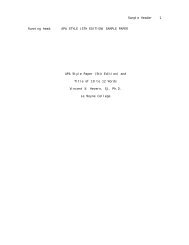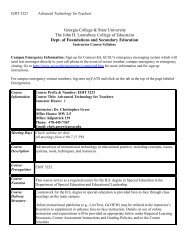Lecture 3
Lecture 3
Lecture 3
- No tags were found...
You also want an ePaper? Increase the reach of your titles
YUMPU automatically turns print PDFs into web optimized ePapers that Google loves.
Soil Water Movement,Hydrologic Cycle• Water moves in soils as a vapor or a liquid.• Vapor flow through a soil is generally a slow process. Water vapor is present in allunsaturated soils and moves by diffusion within the soil due to vapor pressure andtemperature gradients. Soil water movement is classified as either saturated orunsaturated flow depending on the soil moisture content.• Saturated flow occurs in soils where the void space is filled with water. Subsurfacehorizons can become saturated if water movement is restricted, for example, in soilswith a high water table, a clay pan or in stratified soils.• Unsaturated flow occurs whenever void spaces are partially filled with air. In bothsaturated and unsaturated soils, water flow is a function of the driving forces actingon the water (hydraulic gradient) and the ability of the soil to allow water movement(hydraulic conductivity).• Water that infiltrates into soils can be stored, transferred to streams, rivers, lakes,oceans, or become part of the groundwater pool. Surface runoff occurs when rainfallcannot be absorbed by the soil because the rate of infiltration is slow or the soilbecomes saturated. Water that falls on land surfaces can be returned to theatmosphere by evapotranspiration, which is a combination of evaporation from soil orplant surfaces and transpiration from plants. Runoff can result in soil erosion andpollution through the transport of soluble and particulate bound nutrients andpesticides.



